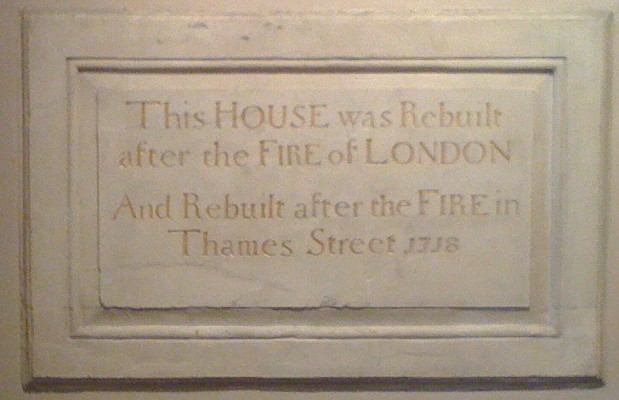Trinity House in London is a wonderful treasure trove of artefacts from its long and rich history
Yesterday the Pantaenius-sponsored Yachtsman of the Year award deservedly went to Samantha Davies, a wonderfully unspoilt solo round the world sailor with enormous natural talent and dedication.
The ceremony at Trinity House also provided us with a fascinating insight into one of London’s hidden historic treasures. This is the headquarters of the General Lighthouse Authority for England, Wales, the Channel Islands and Gibraltar, a charitable organisation that dates back to the 14th Century.
At the entrance to its headquarters opposite the Tower of London is an eye-catching plaque informing visitors that the building is a replacement, not only for the original building razed in the Great Fire of London in 1666 but a later replacement that also burned to the ground in 1718.
The existing Trinity House dates from the late 18th Century and is filled with interesting artefacts and reminders of its long history of seagoing exploration and Naval defence.
A few things that particularly caught my eye are shown in these snaps.
There are numerous models. I liked this one of HMS Foudroyant, which was an 80-gun ship of the line launched in Devonport in 1798. The model is most intricately carved from mutton bone and has horsehair rigging. It is about 40-50cm long and the fine detail is remarkable.

Since 1604, the governing body of the Corporation has always been comprised of 31 so-called Elder Brethren, usually leading captains from the merchant and Royal Navies. Above the main staircase is a huge portrait of a group of Elder Brethren from the late 1700s.

As it was impossible to get them all together for sittings, the painter (a nephew of Thomas Gainsborough) had the poses struck by ballast haulers and painted on the heads of the Brethren later. The sizes don’t all match.
Ballast was hugely valuable to Trinity House at that time. They had sole rights to sell gravel from the bed of the River Thames to unladen sailing ships and in the late 1700s over 250 men were employed in ballastage. Funds from this enterprise brought in the whole £120,000 it took to build the present Trinity House in the 1790s.

Another photo here shows one of the paintings of sailing ships. The plaque on this simply says that it is ‘a Three-Decker from the later part of the 17th Century’. It’s quite figurative in style – look at the whales in the foreground.
Instead of depicting of sailors in the rigging, the painter has for some reason substituted monkeys. You probably can’t make them out in the picture but the figures in the windward mainmast rigging have long furry tails.
The explanation we were given was that sailors considered it unlucky to be illustrated aloft. I’m not convinced by that and I think there’s a story and interpretation behind this painting that has gone astray along the way.




